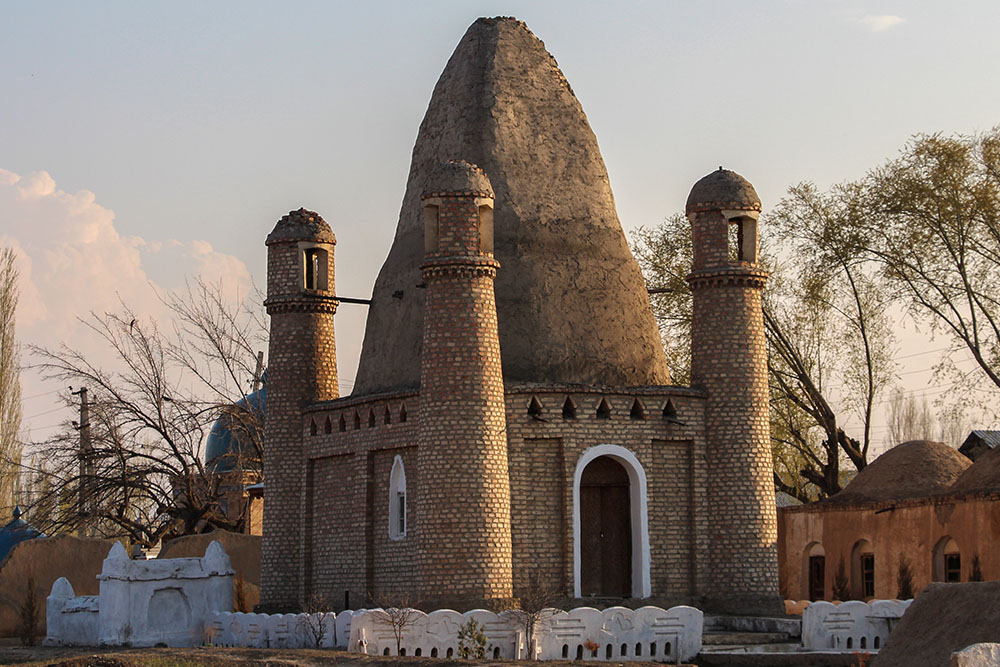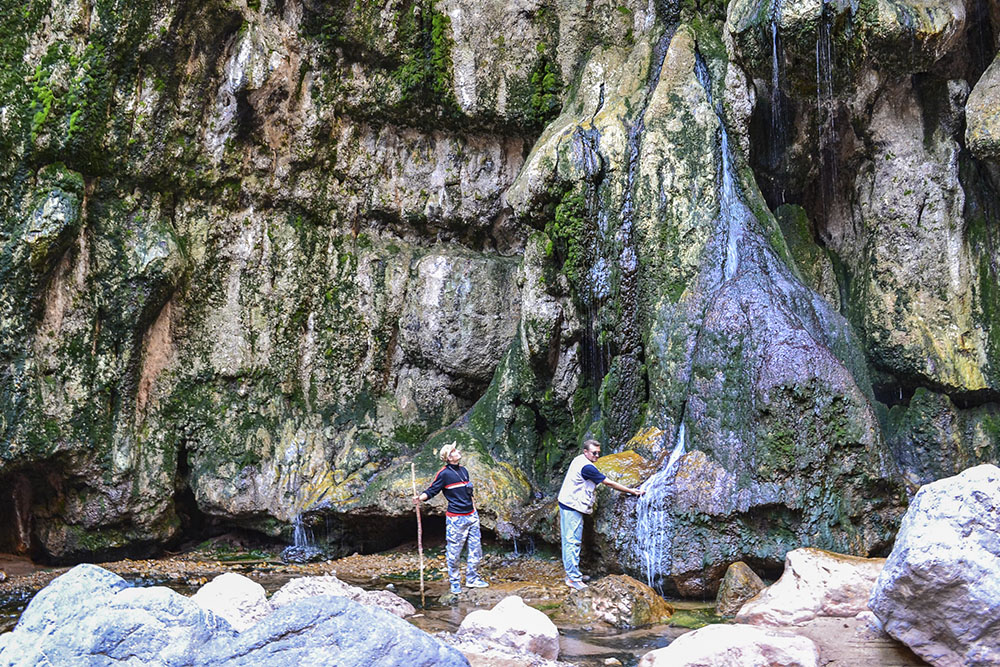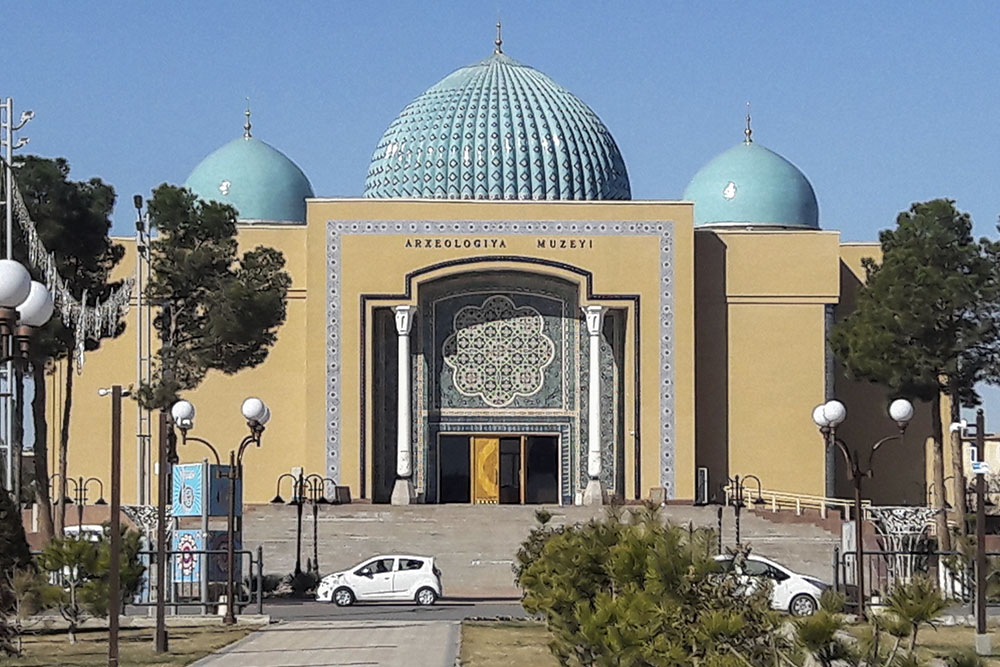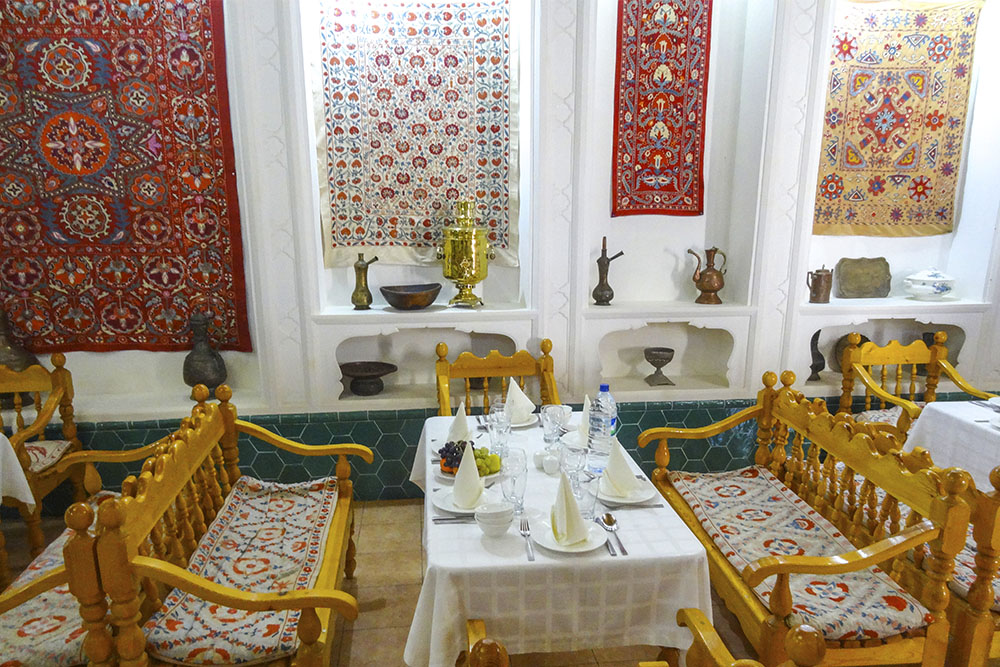Kampyrtepa (Oxian Alexandria?)
A unique monument of ancient Bactria - the fortress of Kampyrtepa was found in
30 kilometers to South-West of Termez, on the right bank of Amu Darya (Ox) river, in the South of Uzbekistan in 1972 by academician Rtveladze E.V.
In early studies scientists specified Kampyrtepa age to the time of Kushan Empire, when the rulers were Soter Megas and Kanishka I (I – II AD) – considering it as a small town- fortress on an important crossing over the Amu Darya river.
Continuing the excavations with breaks for 50 years, archaeologists found new artifacts that prove that Kampyrtepa is much older, according to the multi-meter layers of the Hellenistic period (late IV – late II centuries BC) and is Oxian Alexandria! An Outpost founded by Alexander the great in the 4th century BC, a monument whose location was disputed for a long time, and it was presumably attributed to several found monuments, but the findings, location, according to many ancient written sources, allowed us to determine that the fortress of Kampyrtepa is Oxian Alexandria.
Referring to different researches, today we can say that town-fortress for few centuries was intended for the protection and functioning of the crossing over the Ox (Amu Darya) river. Already by the beginning of our Millennium, Kampyrtepa turned into a thoroughly fortified outpost, which, according to the finds, was a transit point with guest houses, shrines of different religions (Zoroastrianism, Buddhism, etc.), and provided one of the most important crossings on the way from Afrosiab - the capital of Sogd, to the capital of Bactria - Bactra, and then went to the Southeast, to India.
According to scientists’ opinions, about thousand people may live in Oxian Alexandria. The town-fortress consisted of a citadel surrounded by a deep moat, from which the existence of Kampyrtepa began, and the "lower city", surrounded by a defensive wall with several rectangular towers on the floor side. During Kushan period the city was divided into two parts by a wide street, consisting of several blocks with houses and a central square.
Coins from different countries and epochs, rooms-shrines of different religions, figurines of gods, pottery, terracotta, jewelry made of bronze, silver, bone, unique birch bark and papyrus manuscripts, which were found during excavation, tell us not only about economic interaction of the countries of ancient world, but also about their spiritual and religious understanding.
Today, on site of the outpost of Oxian Alexandria, a partial reconstruction of outer fortress wall and one quarter of the Kushan period was made using ancient construction techniques.
The fortress of Kampyrtepa is included in the list of candidate monuments in the UNESCO world cultural heritage list.






